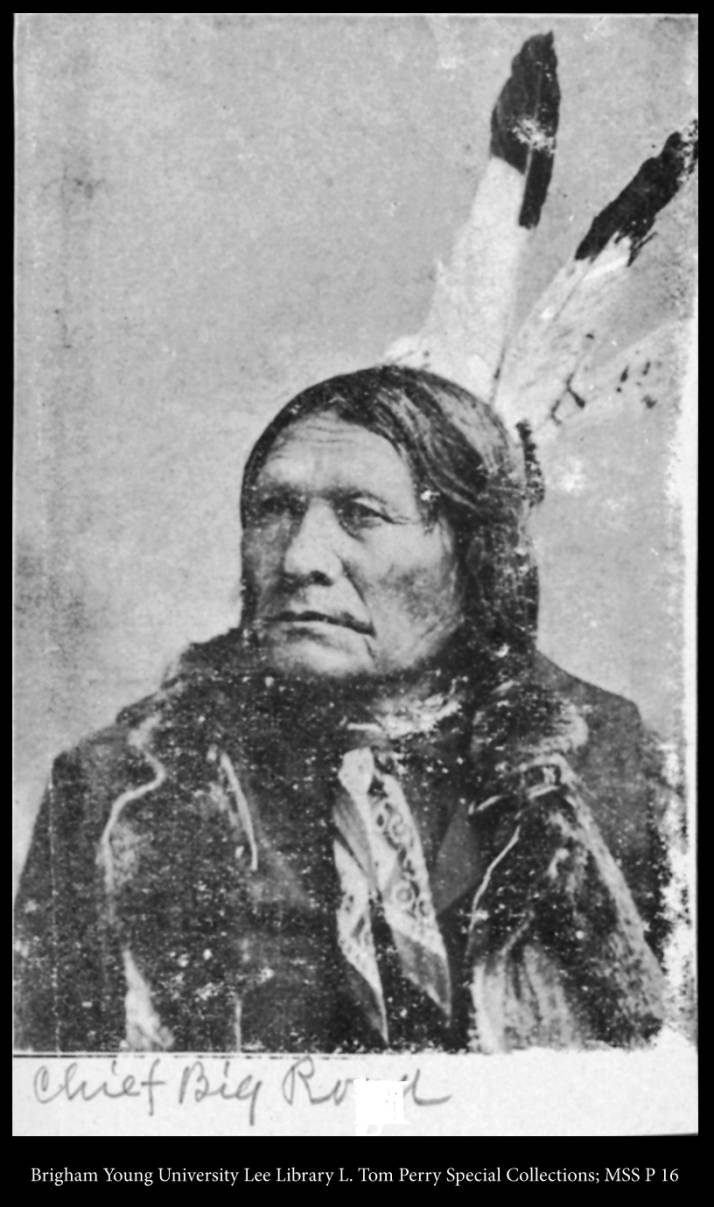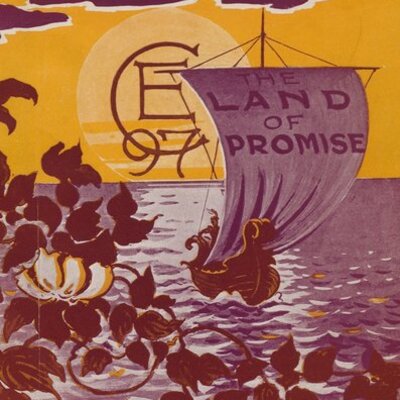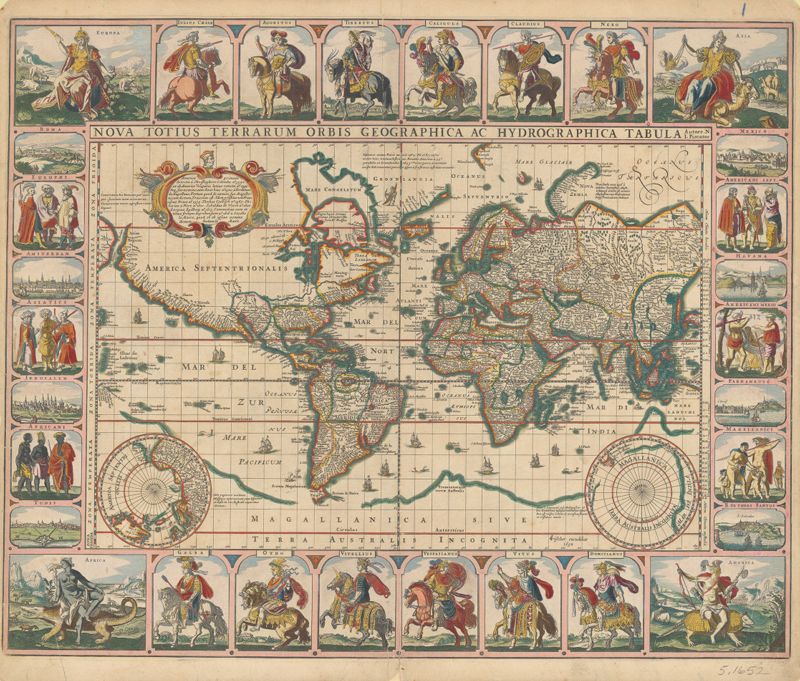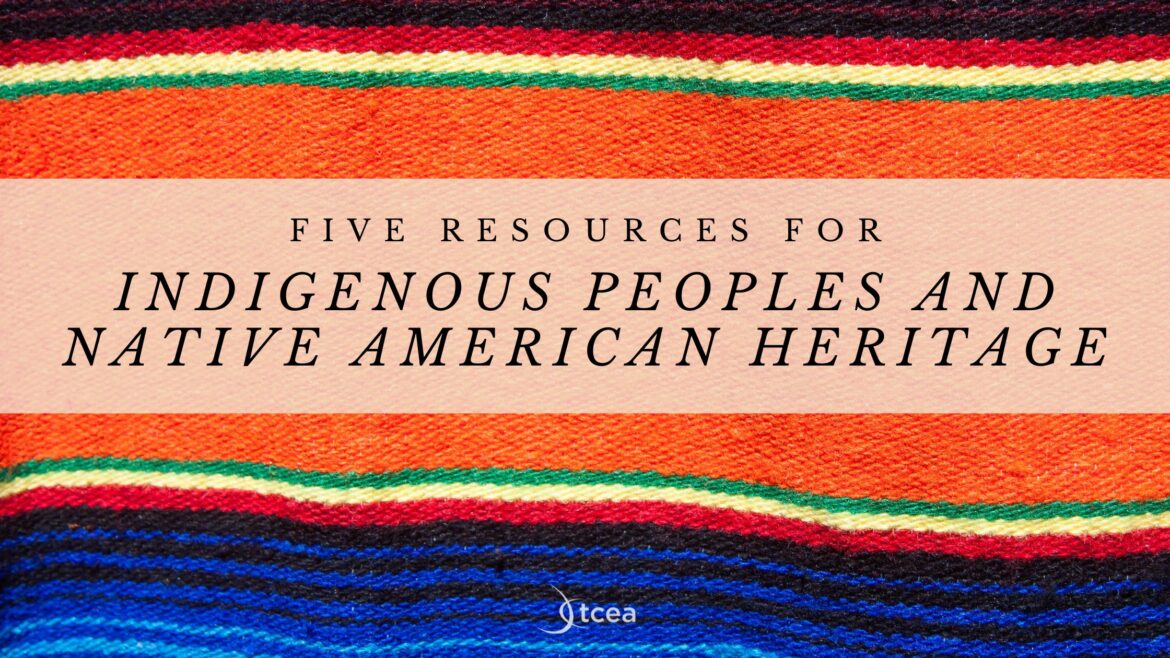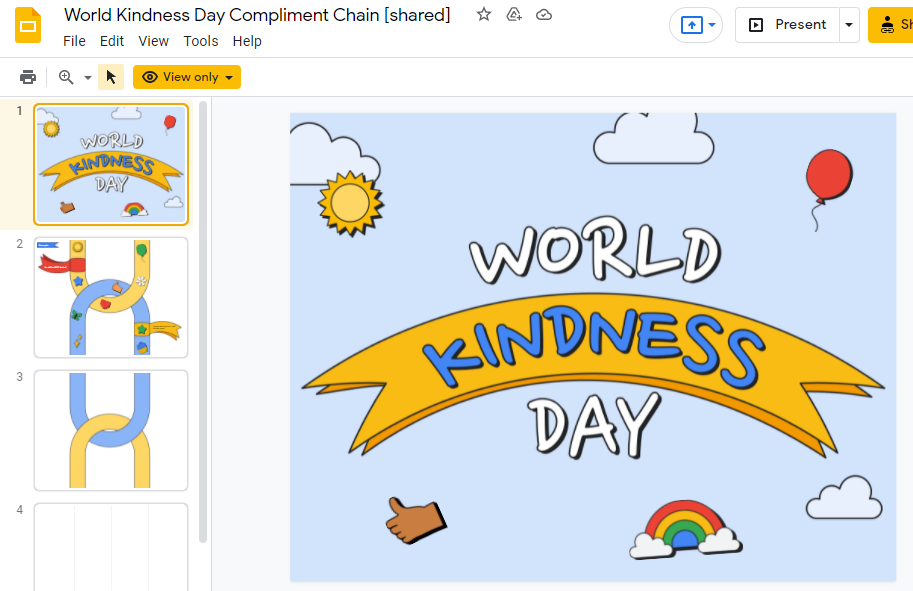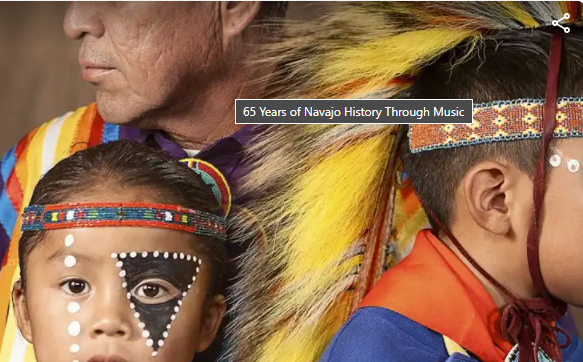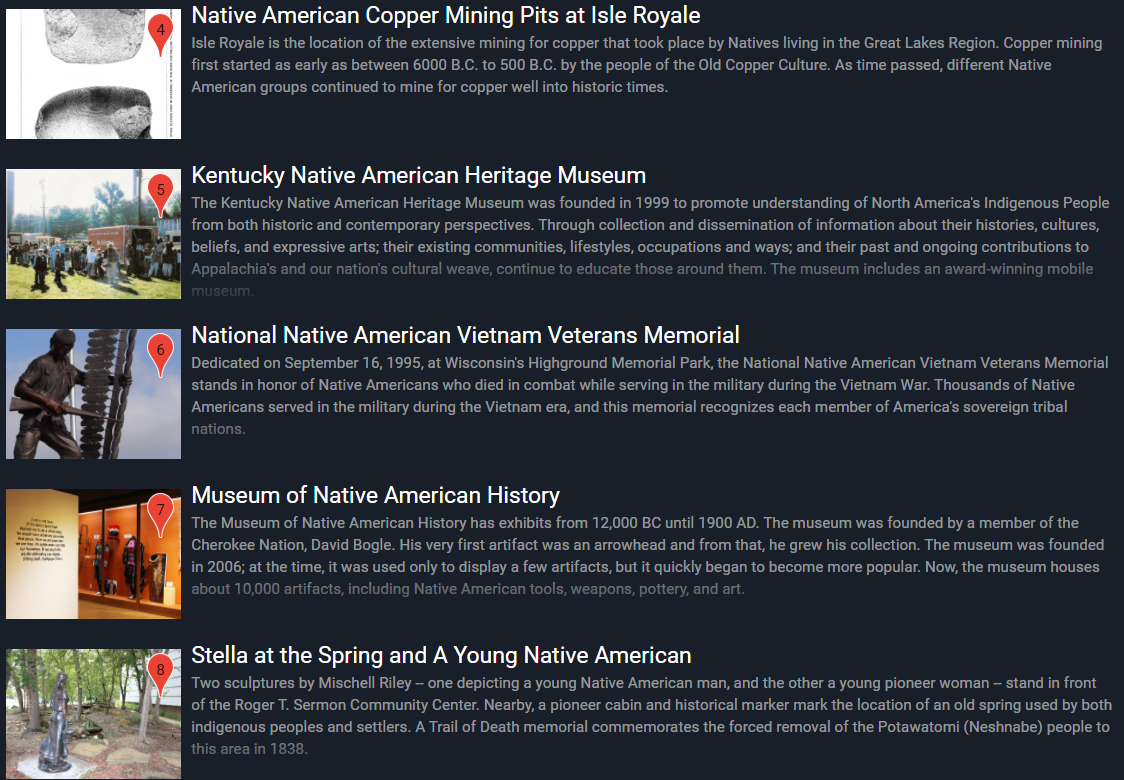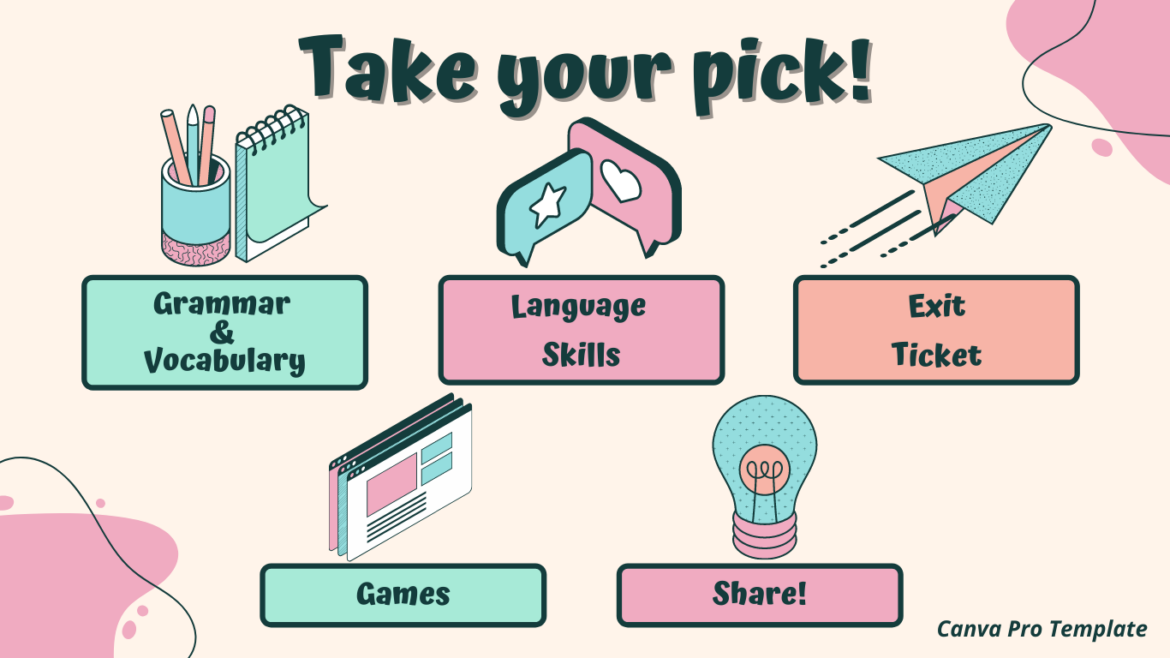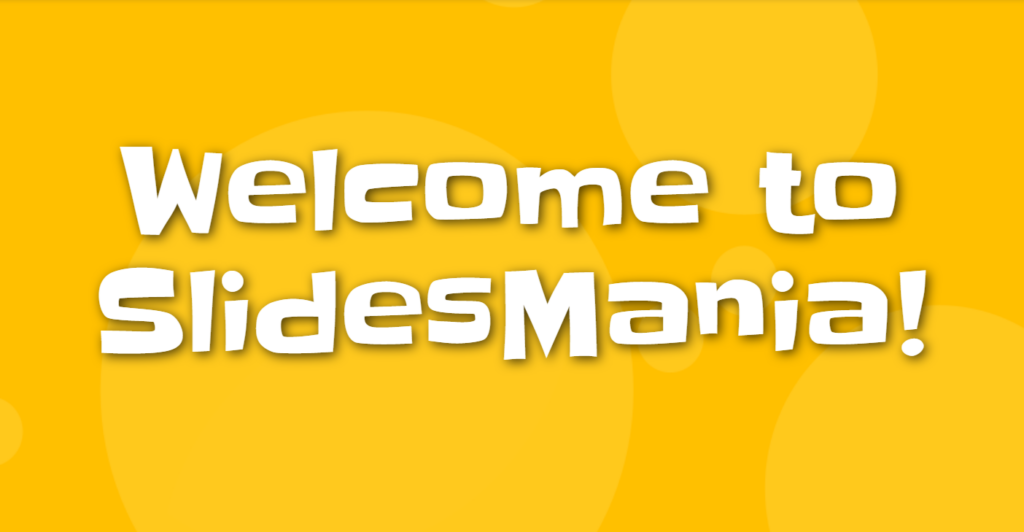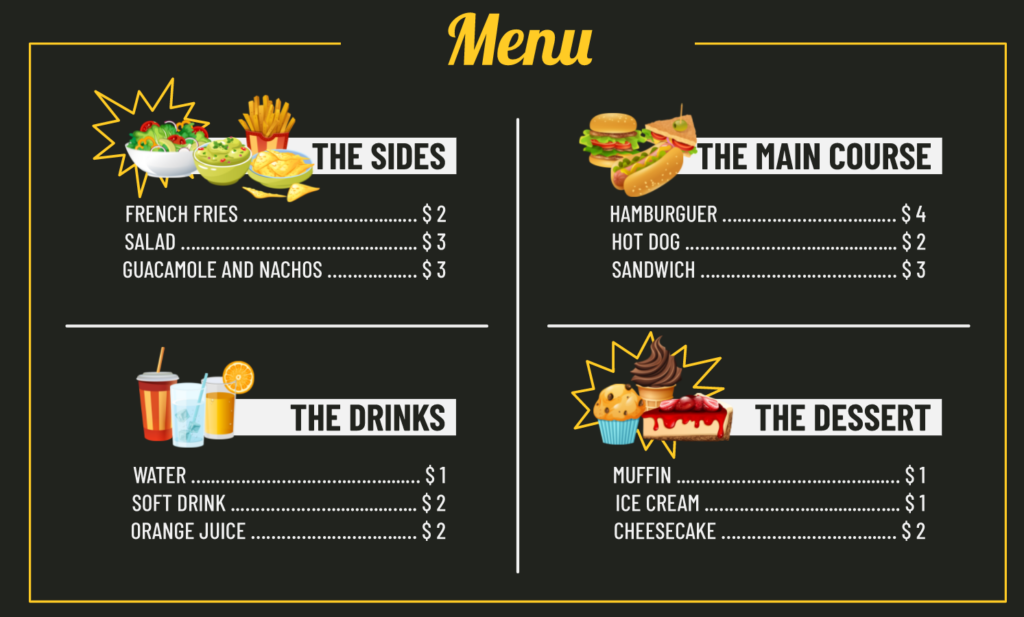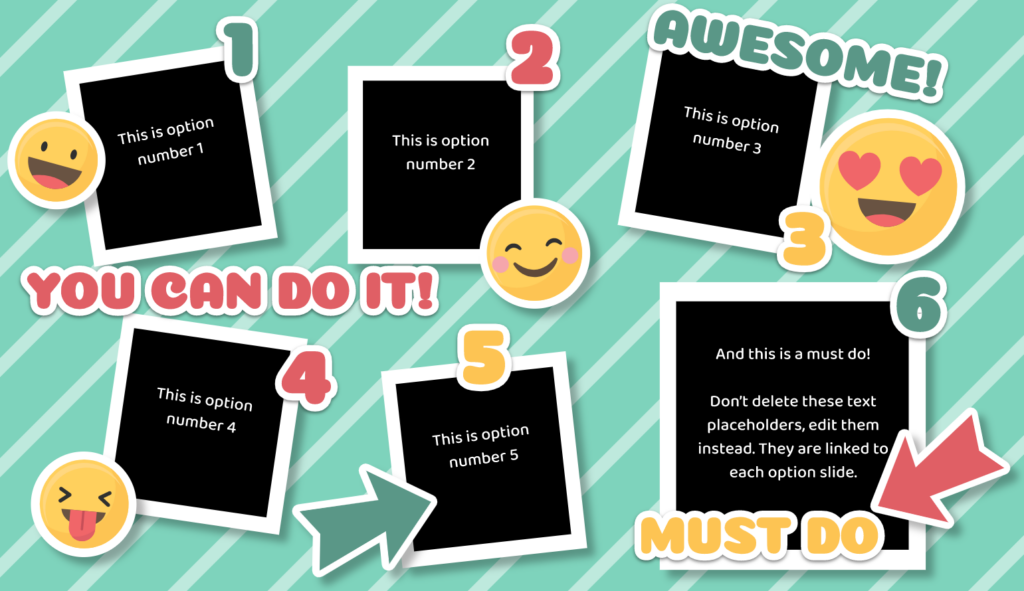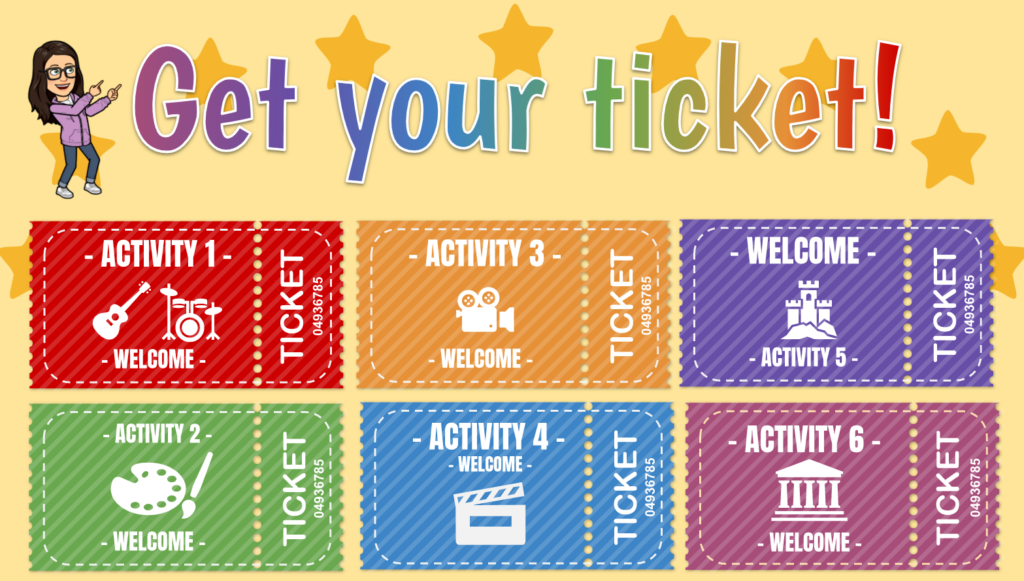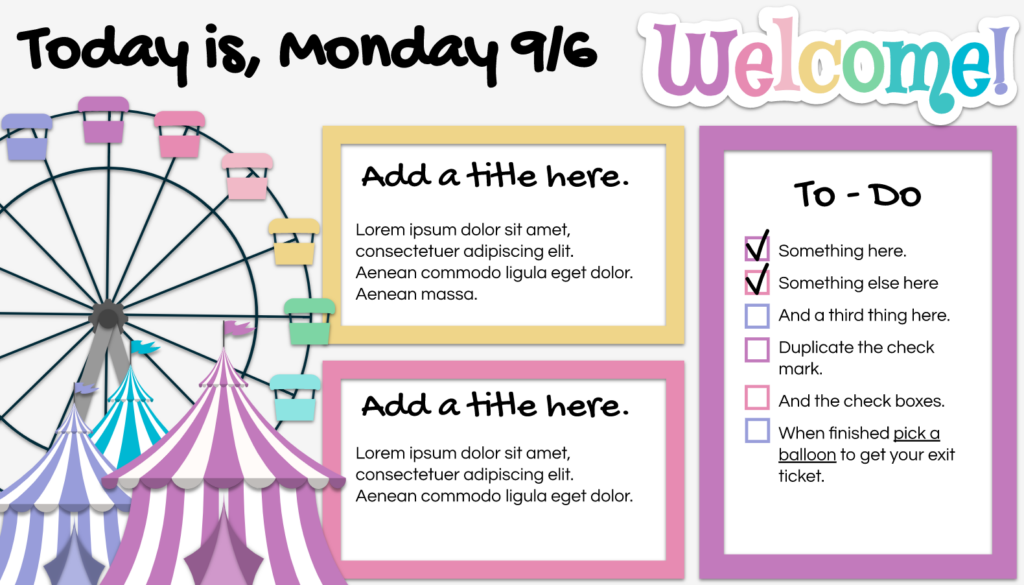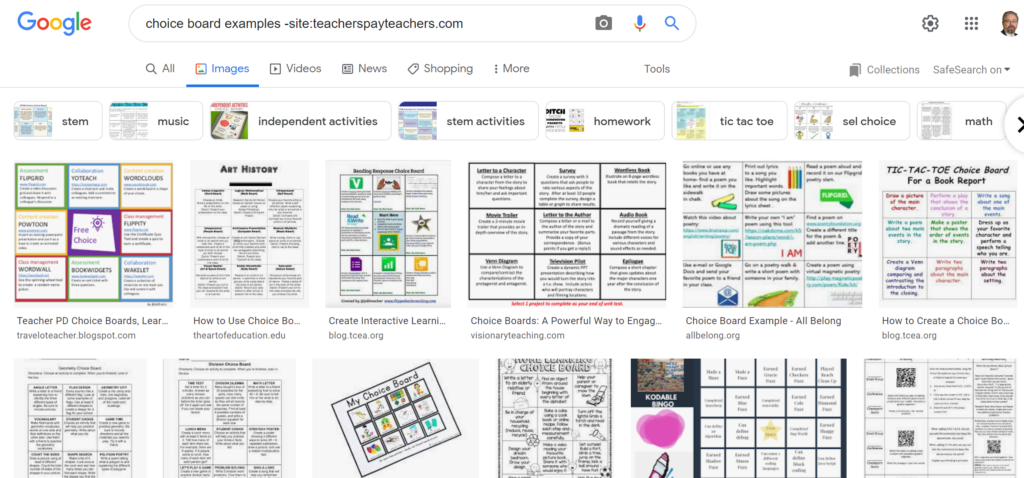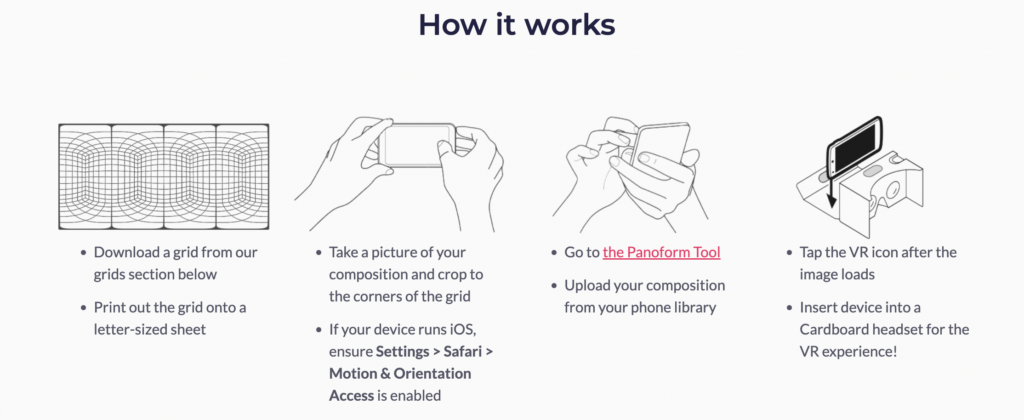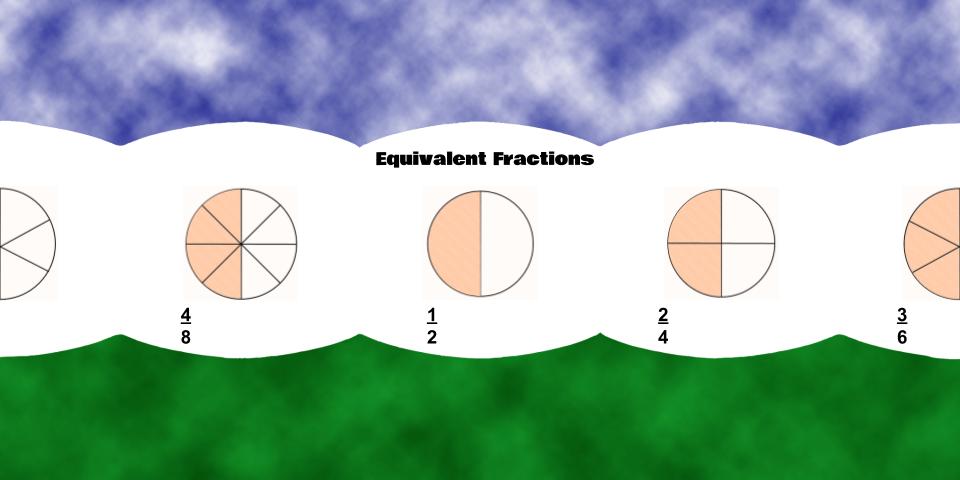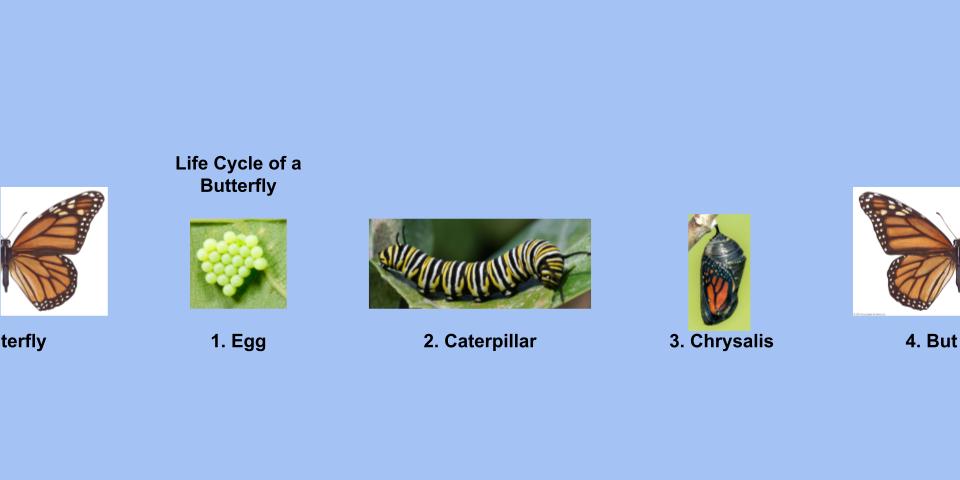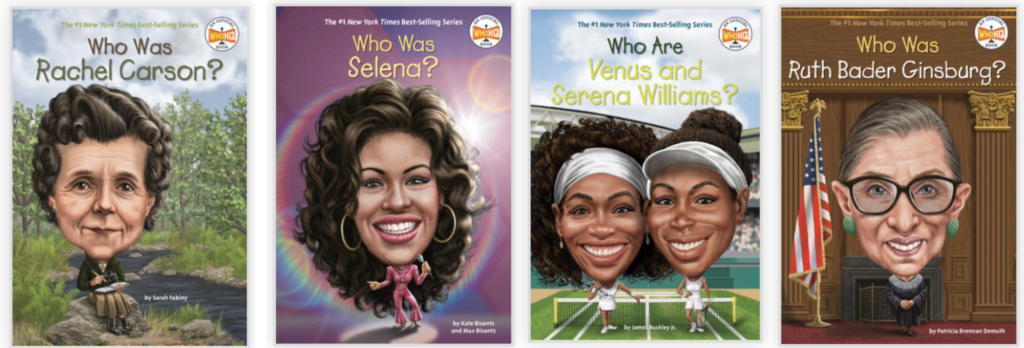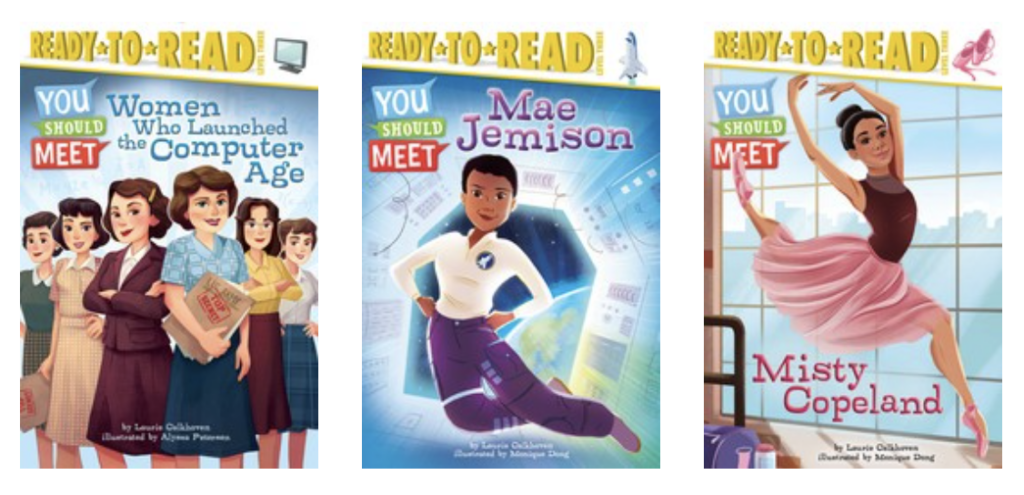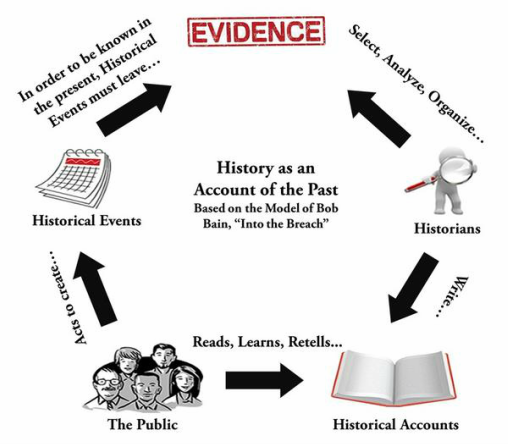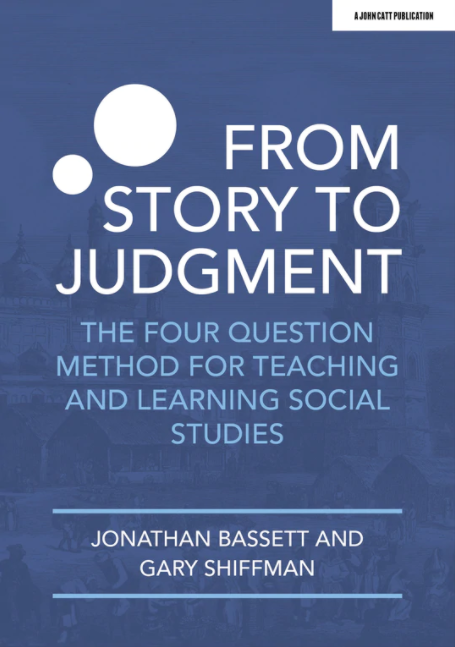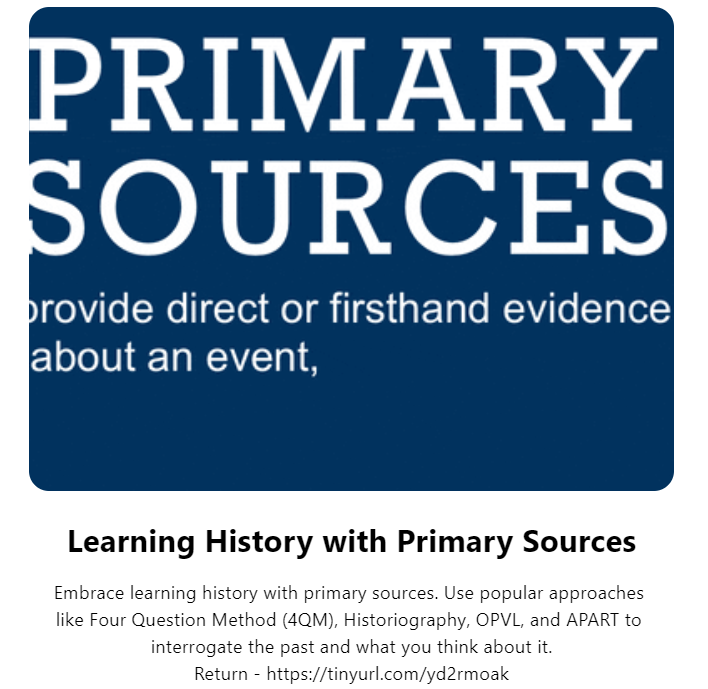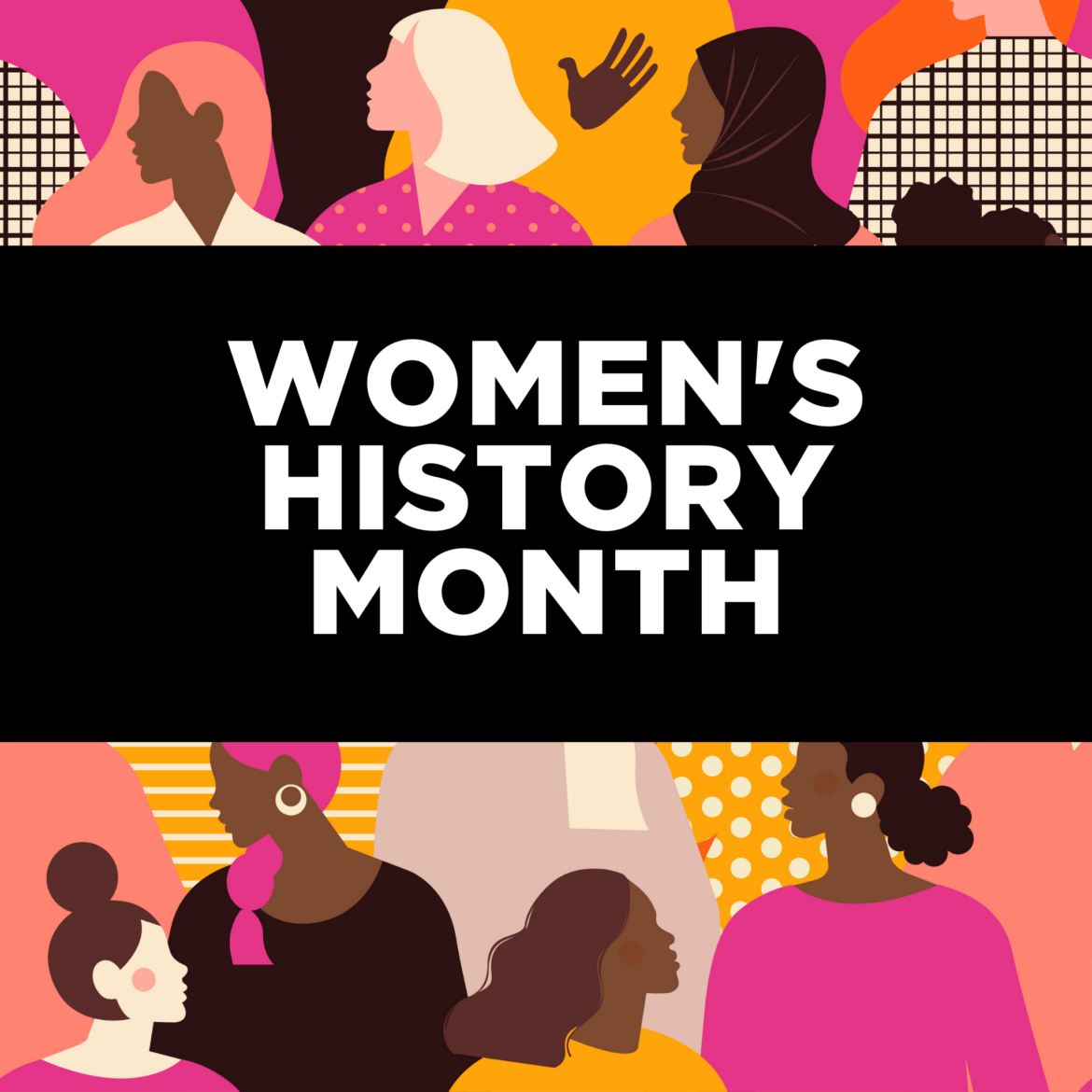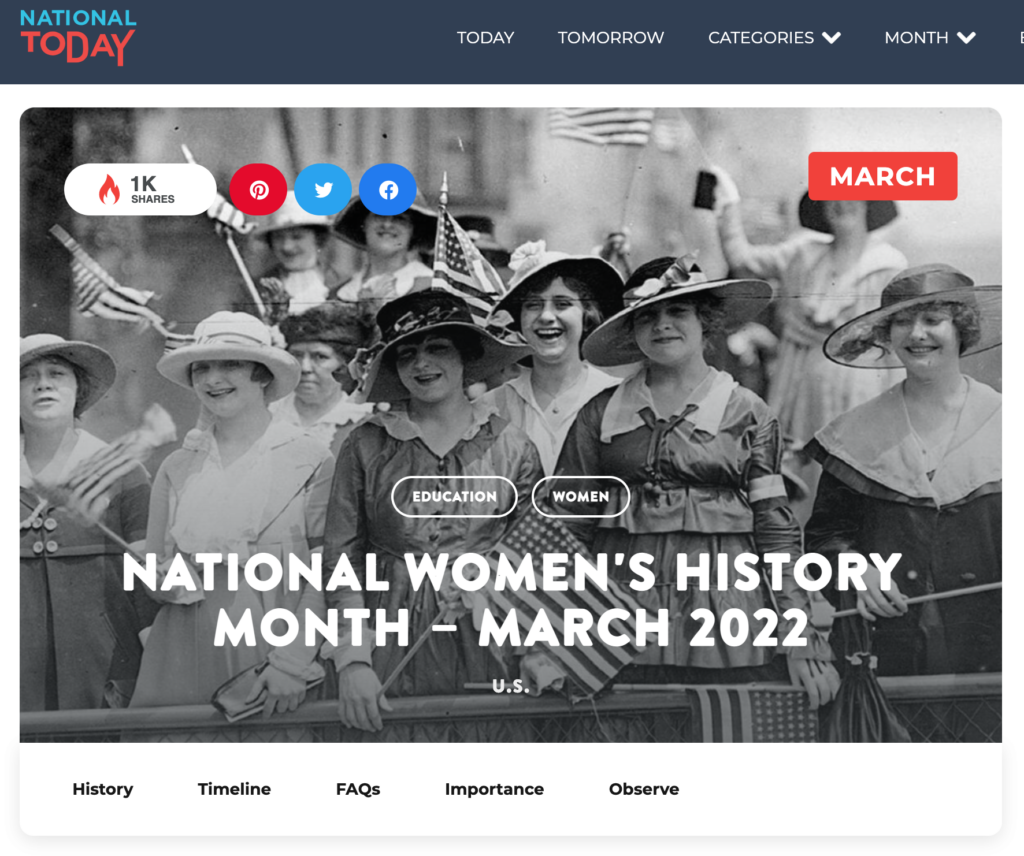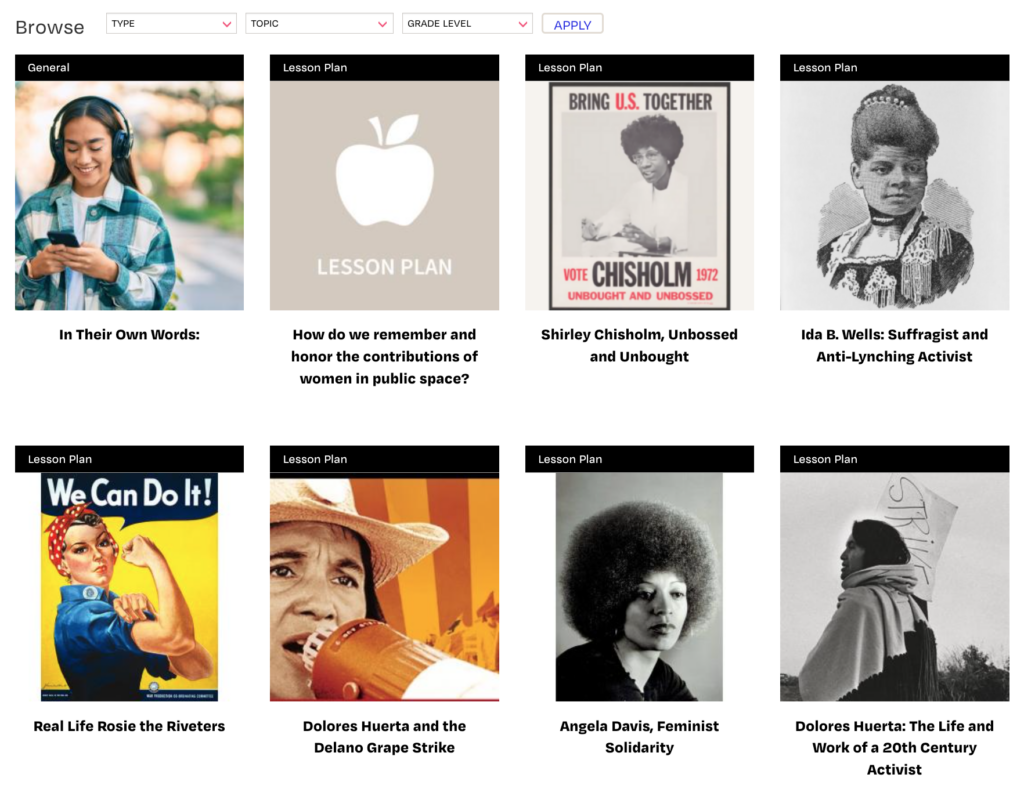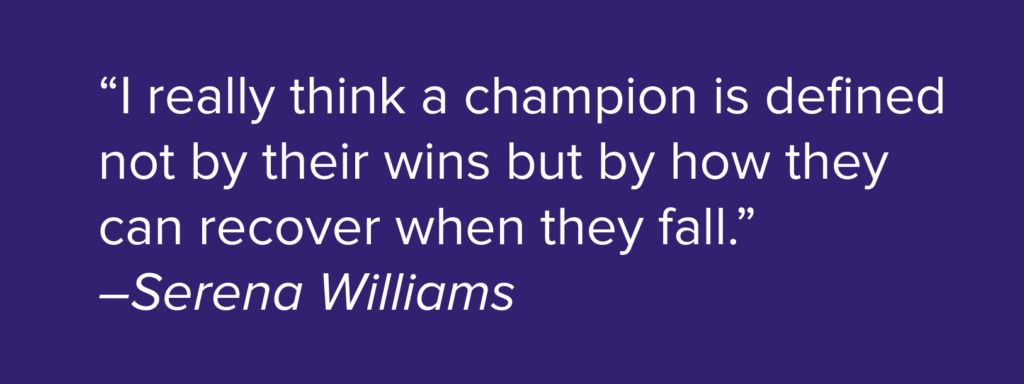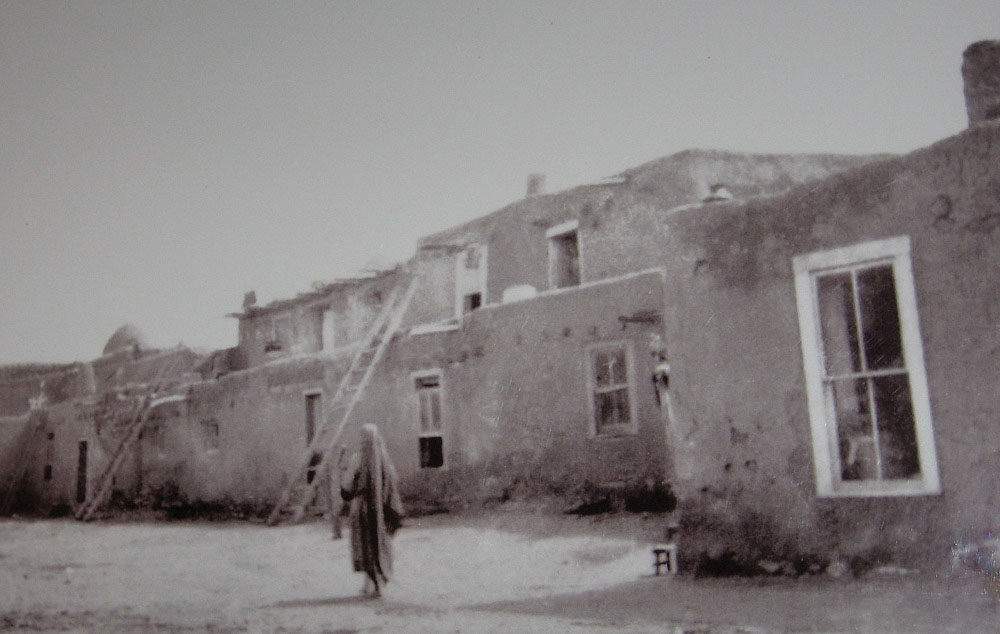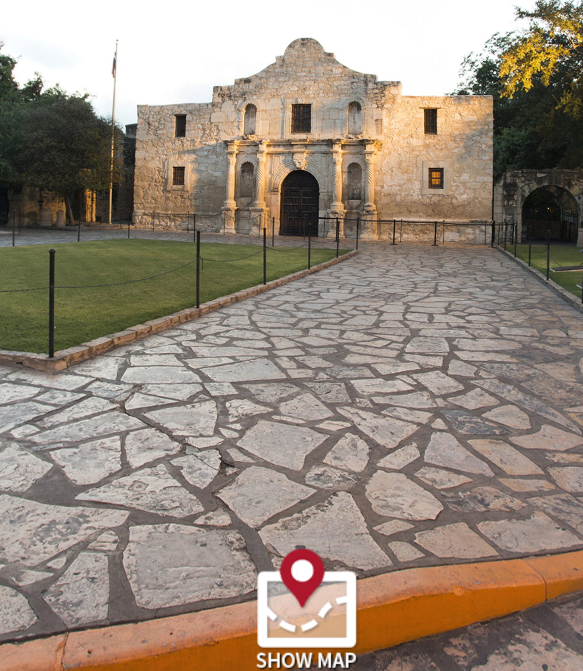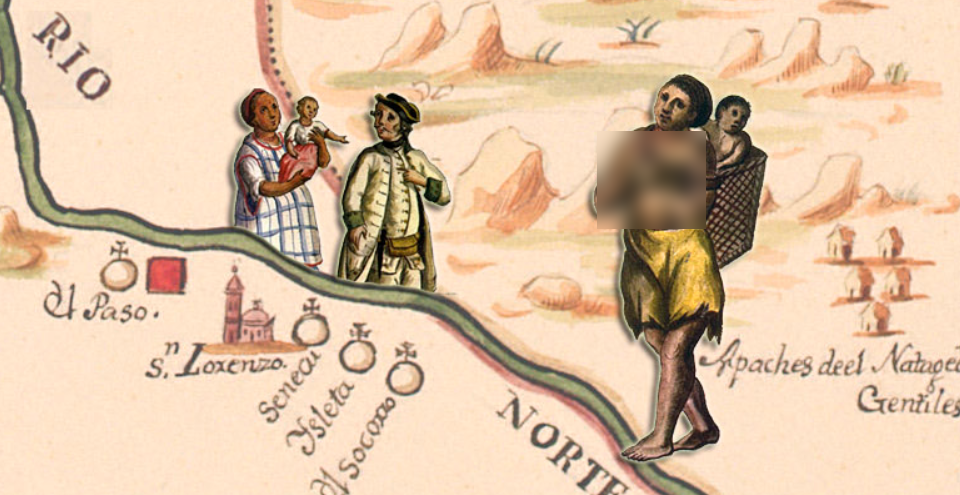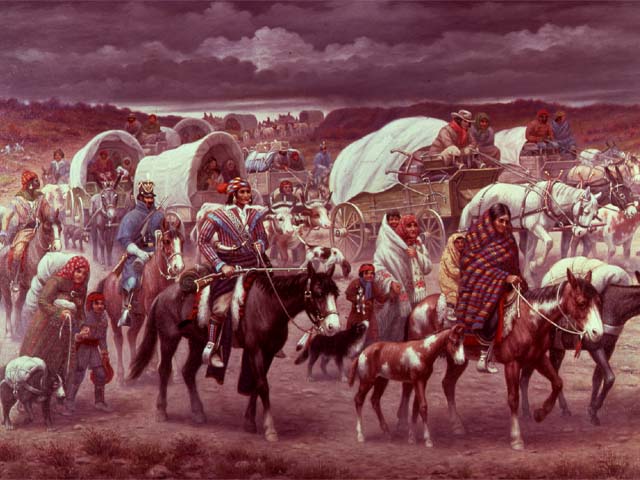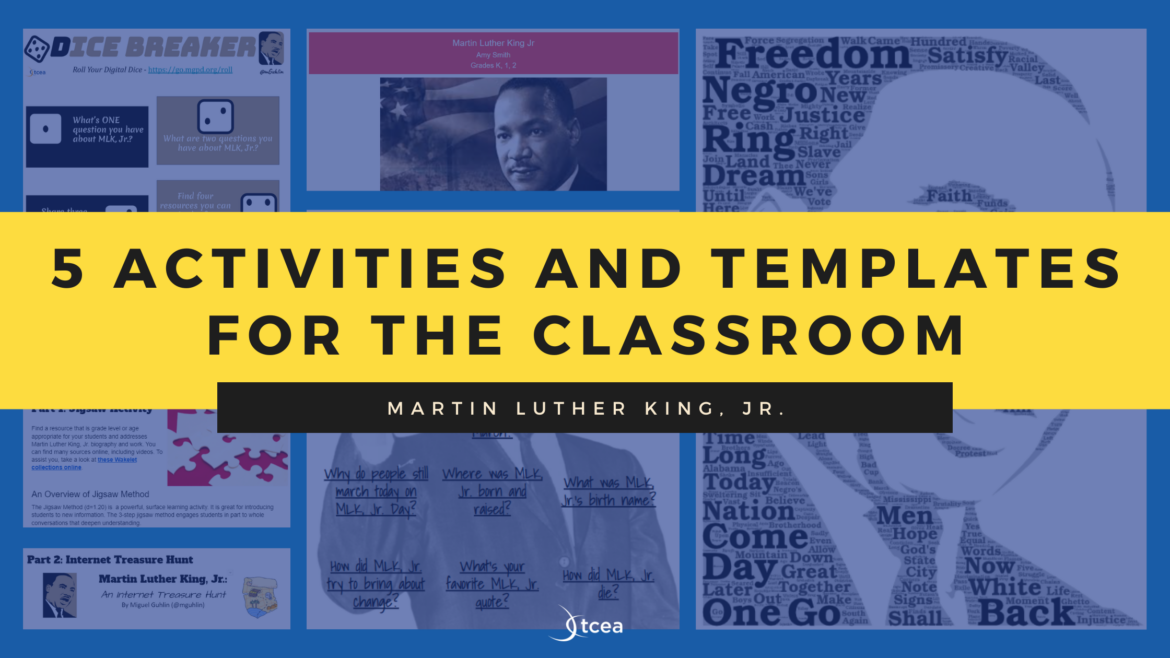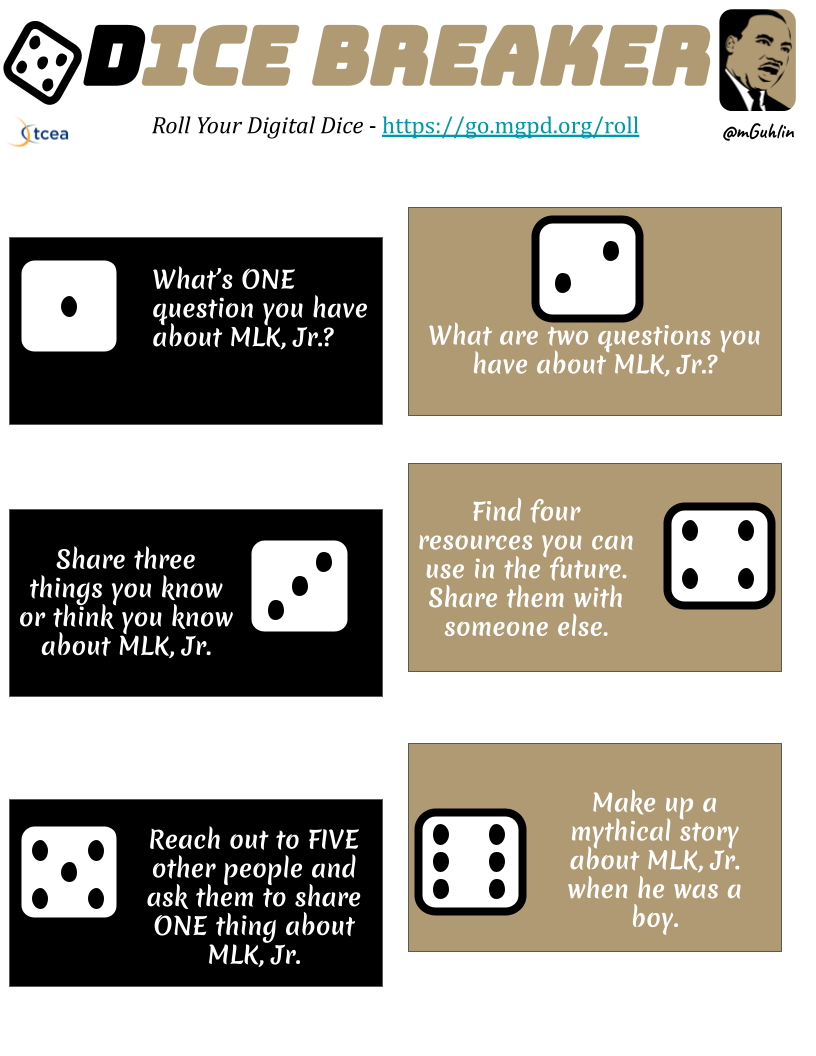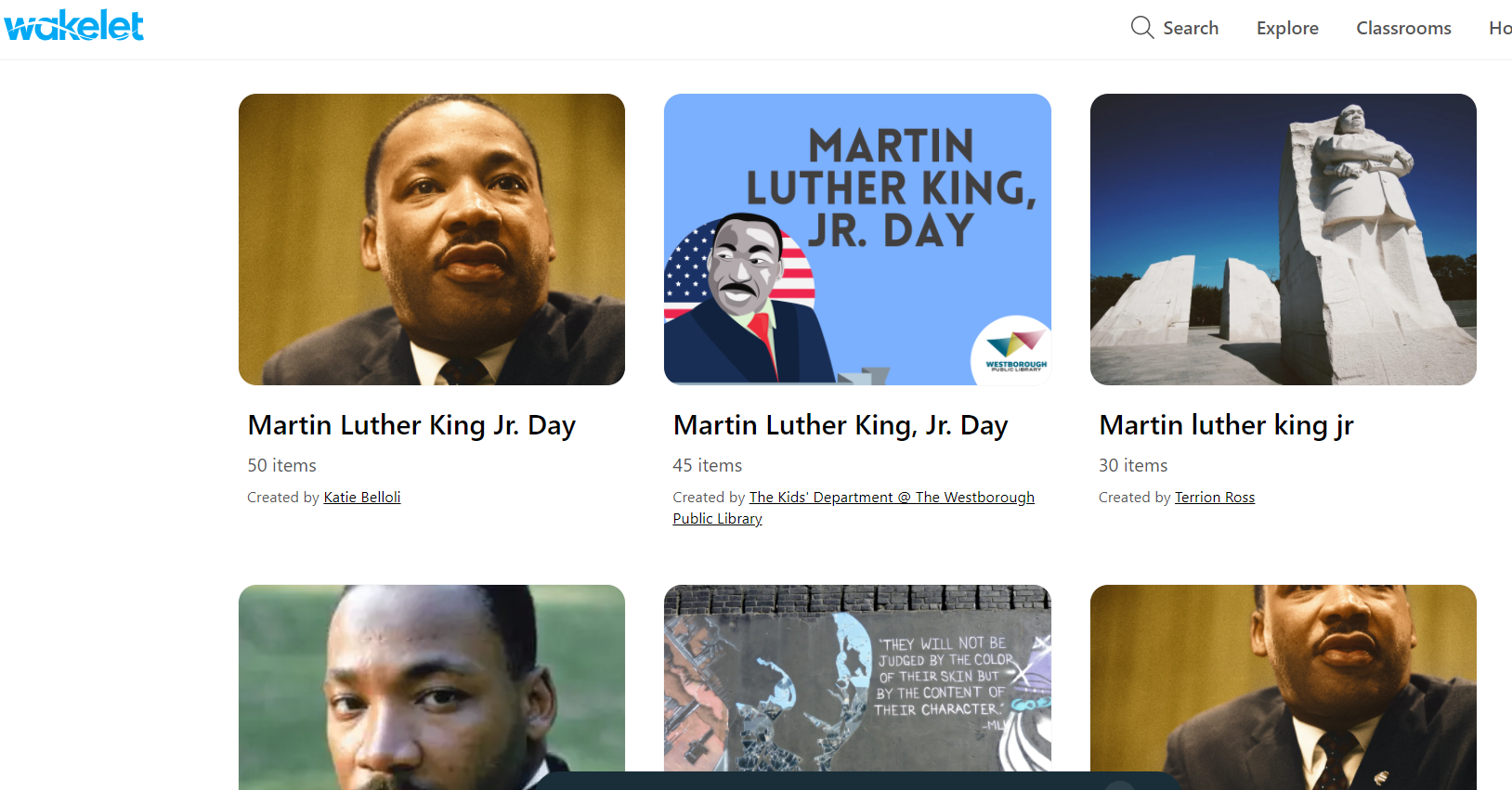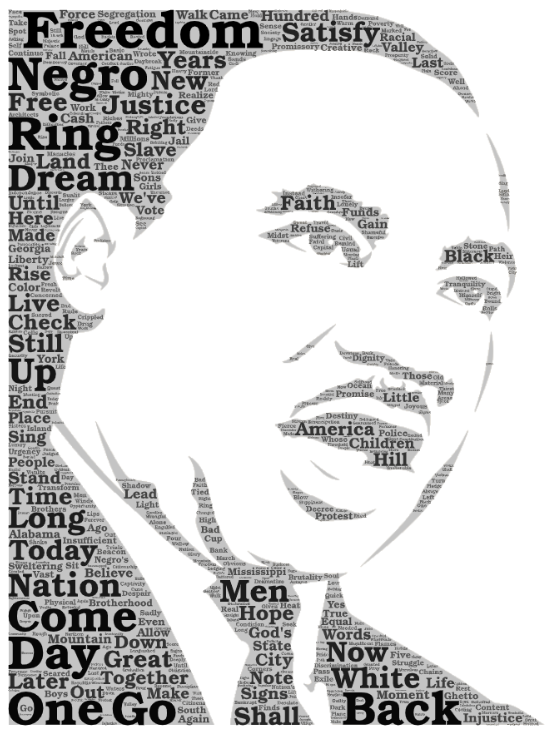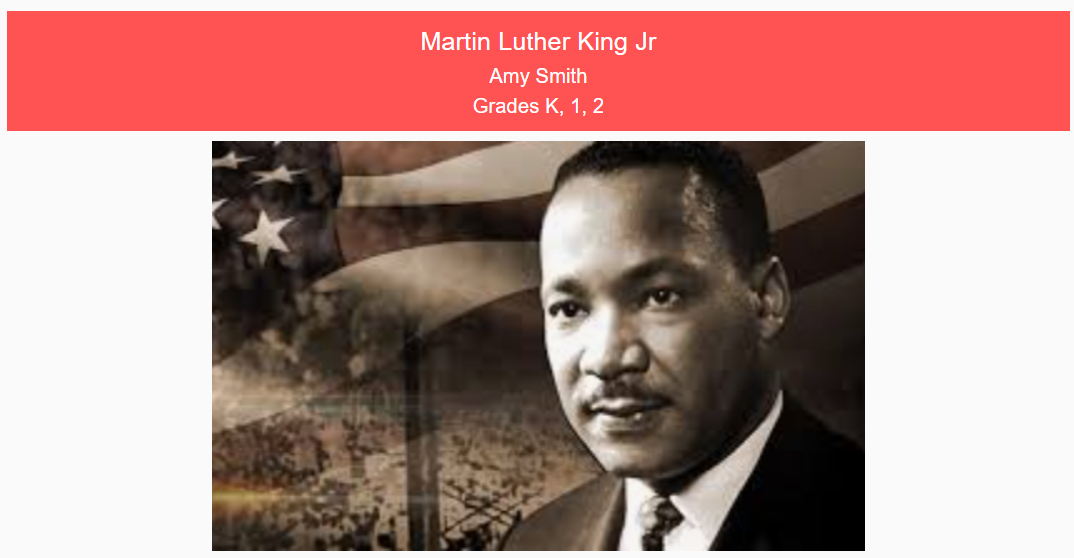Wish you had access to image repositories that feature pictures from history? Finding image repositories that you can use with minimal restrictions can be tough. Each picture can tell a story, or you can use it to illustrate a unique tale.
If you find yourself seeking images that capture the past, explore these collections. They provide insights into the lives of Americans and space long obscured. Student storytellers may find these image sources helpful for historical and scientific purposes. Let’s take a look.
Image Source #1: Getty Images
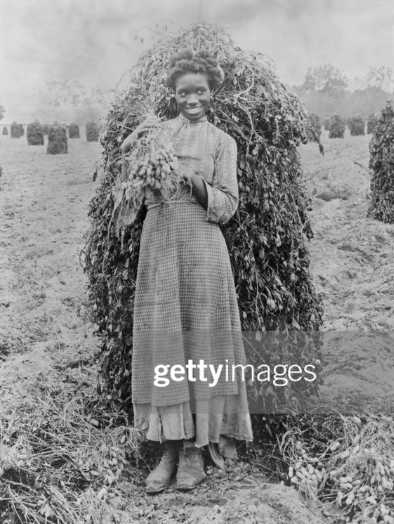
Getty Images offers open access to over thirty thousand images. These images seek to elevate Black history and storytelling. Their Black History and Culture Collection (BHCC) provides free, non-commercial access to images. These images are historical, cultural, and provide insight into the African/Black Diaspora. They date as far back as present-day to the 19th century.
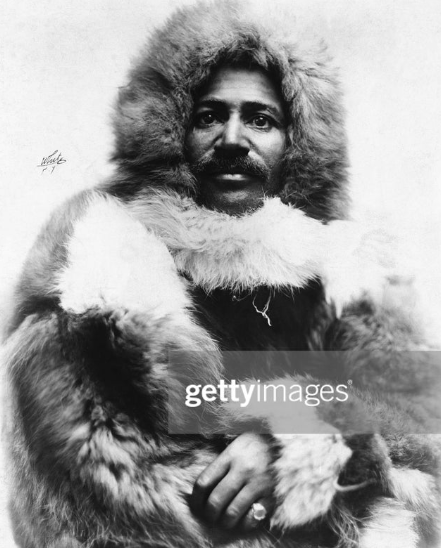
The first African American to explore the Arctic regions, explorer Matthew A. Henson (1866-1955) . He explored the Arctic on seven expeditions. He did so with Robert Peary from the 1890s until their final expedition in 1908-1909. It was during their final expedition when they reached the North Pole. Henson was (Photo by Bettmann/Getty Images)
The goal is to make these seldom seen images available for use to various groups, such as:
- Educators and academics
- Researchers
- Content creators
You can watch a short video (4 mins) about the collection online at:
Image Source #2: Astronomical Photographic Plates
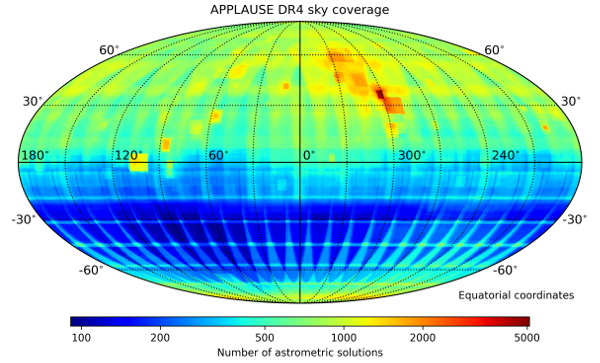
As scientists’ eyes turn to the heavens, thanks to James Webb Space Telescope, a 2012 research team has been working. Their focus has been on digitizing images from 1893 to 1998. They have been recording them with details such as:
- Date
- Section of sky
- Location of images when taken
The researchers have developed software that relies on artificial intelligence. The AI removes errors on photographic plates. These errors come from scratches or dust. With errors removed, scientists can compare the images with each other. This provides access to 4.5 billion measurements of celestial light.
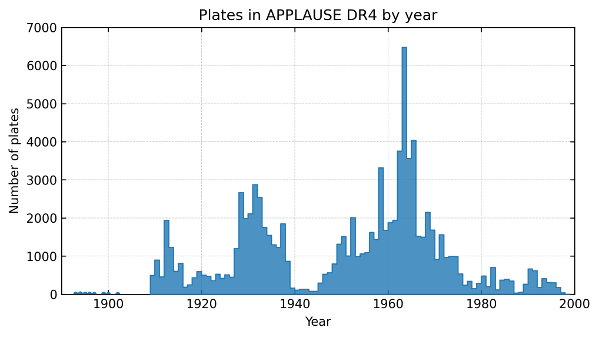
View the astronomical photographic plates via APPLAUSE– the Archives of Photographic Plates for Astronomical USE.
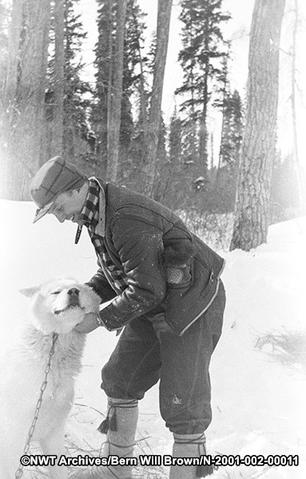
Image Source #3: NWT Archives
The Canadian Department of Education, Culture and Employment shares thirteen thousand photographs. The photographs, taken by Bern Will Brown, show northern life.
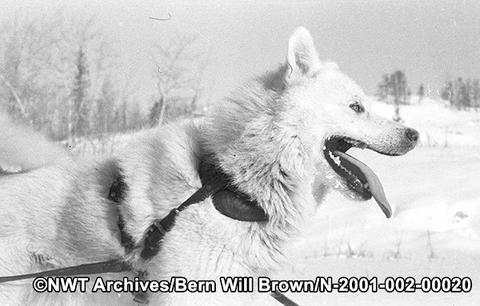
These photos provide insights into people’s lives in the Northwest Territories. Since they have no access restrictions, use them to tell a story as part of digital storytelling.
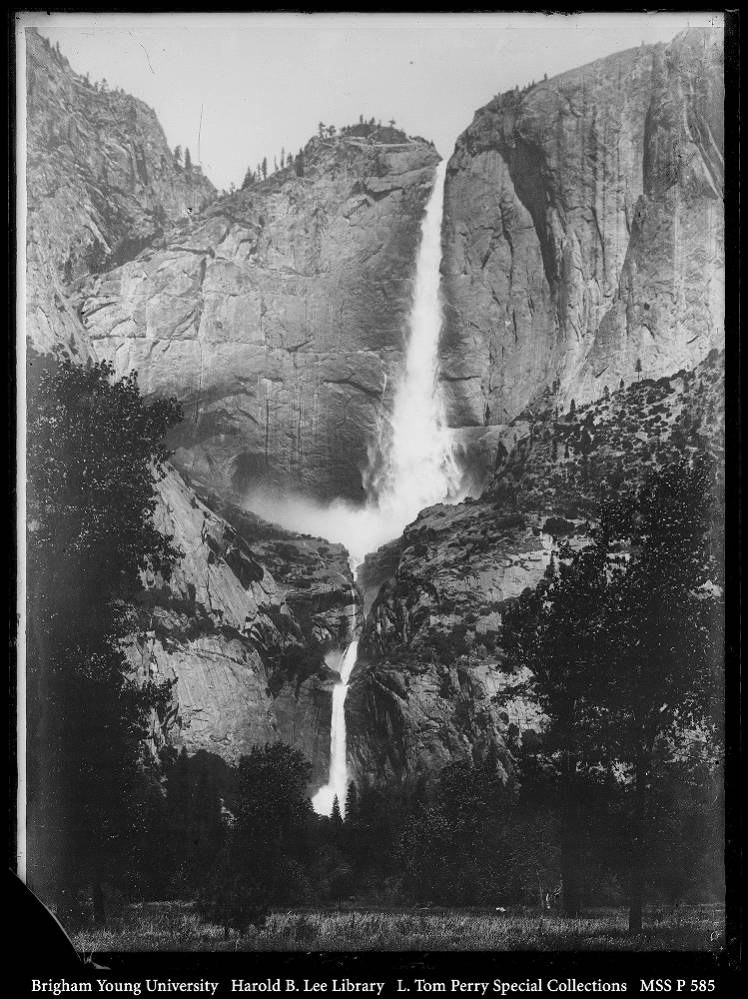
Image Source #4: BYU Library
The BYU Library offers a digital collection of historical photos. Some of their collections include a variety of 19th-century sources that include:
- Over one thousand landscape images of the Western United States
- Images of California, including Yosemite National Park and earthquake images
- Native American Wars of North America, 1865-1890
- And much more
When viewing a photo in the collection, you will have access to key data about the photographer and more.
Image Source #5: CURIOSity Digital Collections
This Harvard University collection features beautiful images, both in color and black-and-white. Some of the digital collections include:
- Slavery, Abolition, Emancipation, and Freedom
- Early Photography of Japan
- Women Working, 1800-1930
- Expeditions and Discoveries
There are many engaging images, including this Dutch sea atlas. Note the margins, replete with motion illustrations:
Learn More About Primary Sources
Wish you knew more about primary sources that you might use in your digital stories? Watch this short video that explains the difference between primary and secondary sources.
The Gale Family Library identifies some of the weaknesses of primary sources. Those include:
- People, place, date, and the name of the photographer are often not identified
- Bias or perspective of the photographer
- Photographs are black-and-white or have faded colors
The Gale Family Library offers great questions to consider when looking at a photo. See all those questions online. A few to reflect on include:
- What do you know about the photo?
- What is happening in the photo?
- What does the photo say to you?
- What questions do you have after viewing the photo?
Now, with those questions in mind, let’s review these fresh sources of images.
Additional Resources
Looking for more images that pull back the veil on history, or take you beyond space and time? Explore this list of online historical photo databases.
Feature Image Source
Fourteen snapshots of women and men in the American west, Harvard Curiosity Collection.


